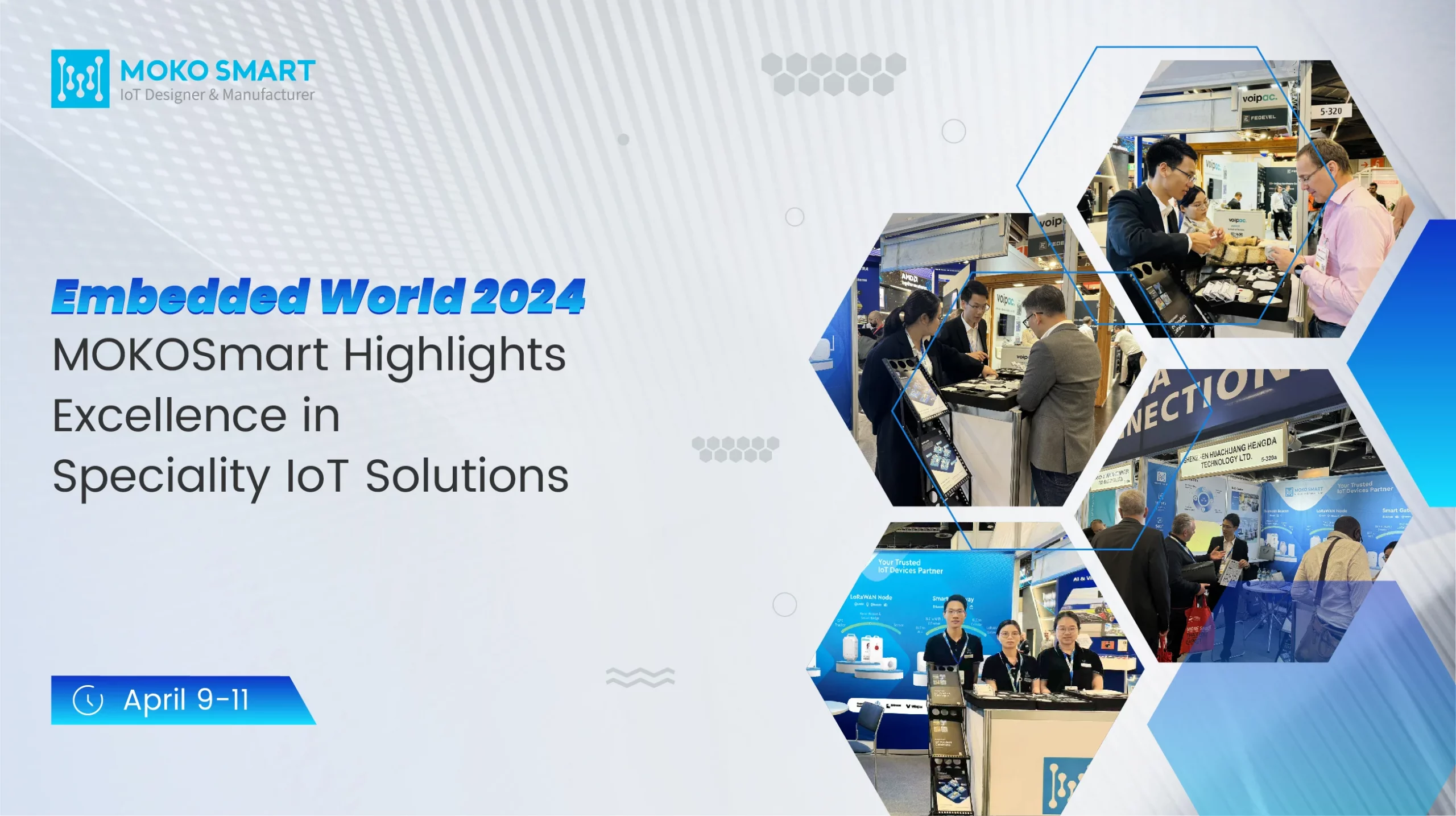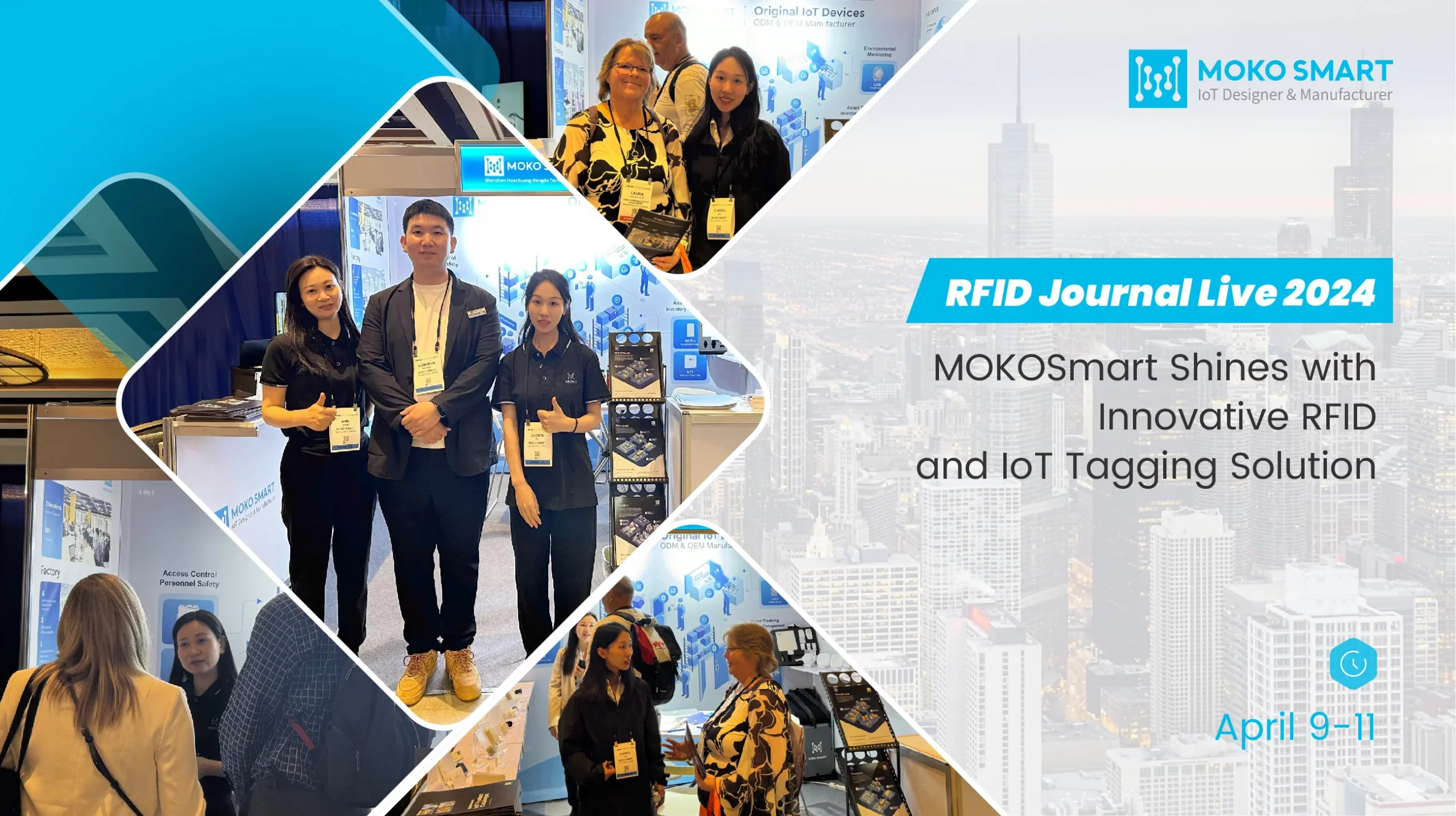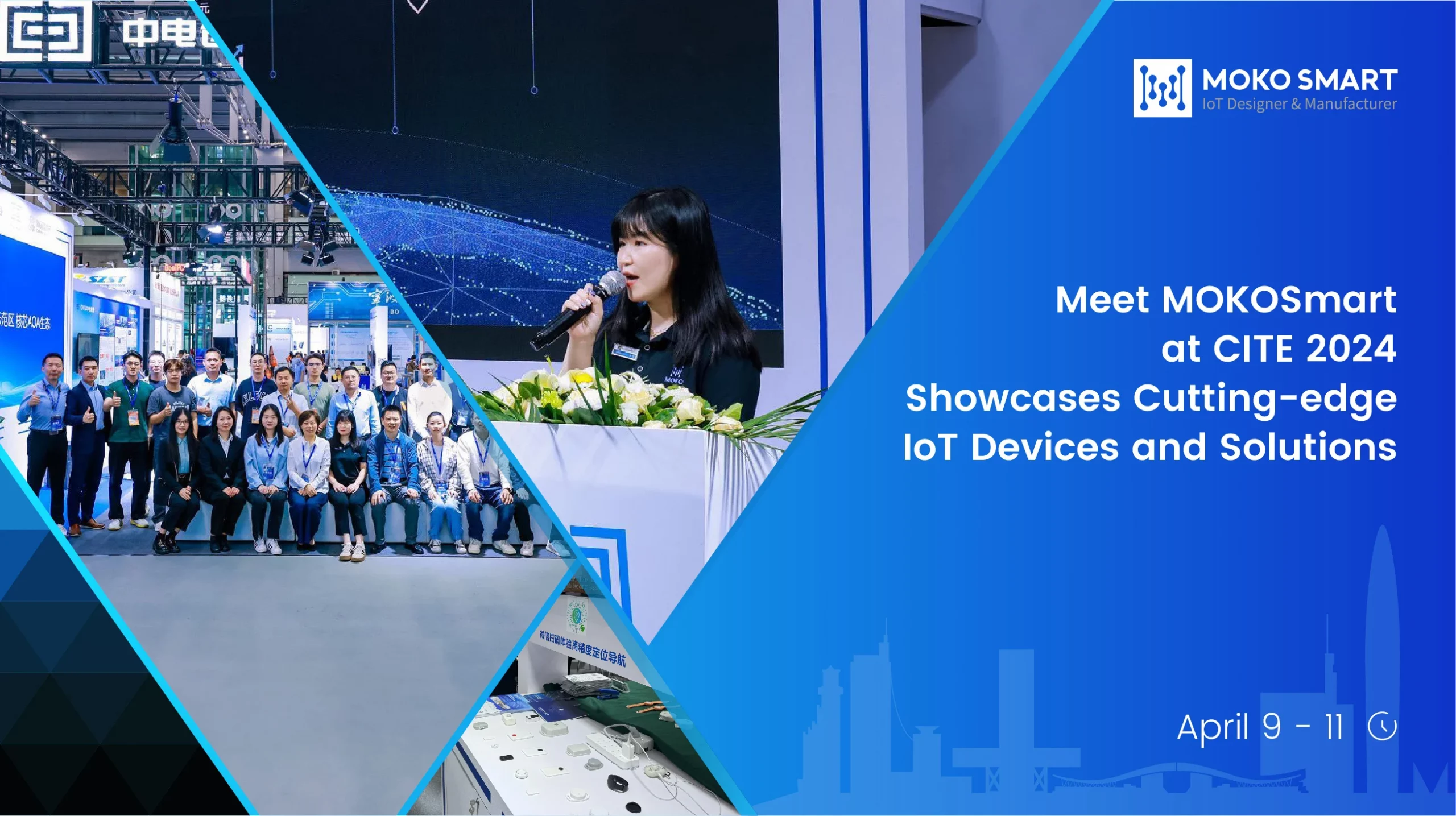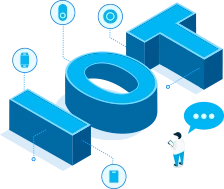Proximity beacons are small devices that work on the low-energy Bluetooth technology. They transmit signals over a short distance which is typically a few meters. Nearby smart devices can pick up this transmitted signal. This allows us to send customized notifications to smart devices and find their location among other applications. The aim of this guide is to tell you all about the proximity beacons and how you can use them for your advantage.
Benefits of Proximity Beacons
There are many benefits of Proximity Beacons but we will take a look at only a few of them.
-
Effective Advertising Tool
If you run a retail business, then you can attract the attention of your customers by using the proximity beacons. These beacons allow you to send customized messages to your customers as soon as they enter your store. So, you can use it for pitching more products and improving the customer experience.
-
Easy and Cheap to Adopt
The hardware and equipment for the beacon setup are very economical. These beacons already have a UUID (universally unique identifier) so all you need to do is to create tags and location-specific actions. So, you can deploy them without worrying about their costs.
-
Power of Personalization
Personalization is very important for m-commerce as it is directly related to the customer experience. Proximity beacons allow us a great degree of personalization. If you do it right then it will contribute a lot towards gaining customer loyalty and building your brand image. If you run a crowded store and you are short on salesman then beacons can still help with giving your customers a personalized experience. This will give your store a significant edge in terms of personalized marketing.
-
Resource for Insightful Data
Beacons allow retailers to make better assessments of customer behavior within their stores. We can then use this information to set up a data inventory and establish parameters for analyzing customer behavior. This will help retailers in finding out what time of the day or what day of the week customers are likely to download a certain coupon. Therefore, beacons allow companies to understand the behavior patterns of their customers. If we couple it with cloud computing then this can provide even better results.
-
App Engagement and Retention
Proximity beacons can serve as a bridge between the digital and physical retail space. This is very important as the use of mobile devices for shopping is constantly growing. We can use beacons with mobile apps, therefore it can help us in improving customer engagement and retention rates. However, retailers should observe extreme care when implementing this because if the user interface is not friendly then it may backfire.
Limitations of Bluetooth Low Energy (BLE) Localization Systems
Like every other technology, this one also has some limitations. Now we will take a look at some of them,
- Need for a dedicated app
Users have to install the company app if they want proximity beacons to work on their smart devices. Ideally, the notifications should interact with the operating system of the smart device but sadly this is not the case. If a user doesn’t have the company app on their phone before visiting a store then it is impossible to benefit from the beacon technology.
- The risk for Irrelevant Notifications
When we use beacons for sending notifications then there is a chance of sending the wrong or irrelevant notifications. For instance, a lady walks in the ladies’ shoe section of a retail store. She receives a notification for the men’s clothing section which is across the passage. This can lead to not so good customer experience.
- Security concerns
Signals from these beacons are easy to replicate. We often consider this as their strength. However, it can also serve as their beacons. It allows us to place the same beacons across multiple sites but it also makes it easier for spoofing. It is a big issue as privacy and security concerns are on the rise. Thanks to the new Bluetooth 4.2 specification this is no longer a problem. This specification makes it very difficult to track a user if he/she doesn’t opt for it.
- Need for upgraded handsets
If a user wants to benefit from beacons then his/her phone must have built-in BLE hardware. Most people in developing countries still rely on smart devices with older versions of iOS and Android. Therefore, they are unable to benefit from the beacon technology unless they upgrade their smartphones.
Applications of Proximity Beacons
We can deploy beacons for a wide range of applications. However, we will take a look at only a few of them here,
-
Retail Stores and Shops of proximity beacons
![]()
Beacons allow shop owners to track the movements of their customers. It also enables them to pitch relevant offers and coupons to their customers based on their consumer behavior. This allows the user to benefit from the offers right then and there.
-
Hotels and Restaurants of proximity beacons
![]()
Hotels and restaurants can interact with customers to understand their patterns and where they like to sit. This can also allow us to track the waiters and hotel staff. Therefore, we can ensure a great customer experience.
-
Schools and Colleges of proximity beacons
![]()
We can use beacons for tracking the movements of students and teachers. This can allow for automatic marking of attendance. Colleges have a vast area and students, especially freshmen, find it difficult to navigate. Beacon technology can help them by showing their courses and class venue.
-
Museums and Zoos of proximity beacons
![]()
We can use beacon technology in zoos and museums to provide a better tourist experience to the visitors. Beacons will allow us to provide visitors with relevant information as they enter specific areas.
How to determine proximity to an iBeacon device?
Data transfer via BLE is mostly one-way communication. Beacons try to communicate with nearby smart devices. They broadcast data packets at regular time intervals. The nearby smart devices have dedicated apps for detecting these data packets. This BLE communication and the transmitting of data packets allow the beacons to detect the proximity of nearby smart devices.
The entire BLE communication framework has 40 frequency channels. This is because we want to provide higher data transfer speed and save energy. The frequency channels have a separation of 2MHz. Only three of these frequency channels are advertisement channels. These are also known as primary channels. The remaining frequency channels are data channels. These are also known as secondary channels. The proximity detection and communication initiates with the three primary advertisement channels and then it moves on to the secondary data channels.
Beacons use these channels to send out an ID number. They send this ID number 10 times per second. If a smart device is nearby then it will pick up this ID number. This allows for proximity detection. This ID number can help in triggering further actions as well. If the smart device has a dedicated app then it can also store the response of the smart device to this ID number.
How to use proximity beacons for advertisements?
![]()
Proximity marketing means communicating with consumers at the right time and in the right place. It uses personalized and highly relevant messages to send notifications to the smartphones of the customers. These messages include special offers and vouchers, greeting at the entry points, asking for feedback on new products and services.
Legacy advertisements through radio, televisions, pamphlets, and billboards are appealing. However, they are unable to trigger the impulsive drive in customers to try a new product or avail an offer. In comparison, proximity marketing allows for providing a shopping experience according to consumer behavior.
Business owners and conventional shopkeepers try to communicate with customers during crucial buying moments. However, the term proximity marketing came up during 2008 and we use it since then. Proximity marketing allows for building a better brand image and improving business operations. It allows consumers to deeply interact with the store offerings.
Beacons are an integral part of proximity marketing and here is how we can use them,
- We deploy beacons at the aisles within the store or at the storefront. It is important that we deploy them near the ongoing offers.
- These beacons will transmit signals which are a combination of characters and numbers.
- Smartphones then detect these signals when they come within the range of a beacon.
- Every signal has a specific ID number.
- The smart device sends this ID number to the relevant cloud server.
- The server checks for relevant actions that are associated with that ID number. The cloud server then responds accordingly. The relevant actions include notification for a product launch, discount offers, and greetings.
- These notifications will then compel the customers to perform a certain action such as browsing a certain webpage or going to a certain aisle.
If you are looking to deploy proximity beacons for your business then you are in the right place. MOKO Smart is a world leader when it comes to the design and manufacturing of proximity beacons. We have a specialized team, an advanced setup, and mass production capacity. Therefore, we can deliver bulk orders with any degree of customization. Feel free to contact us for a quote or to discuss further details.





























